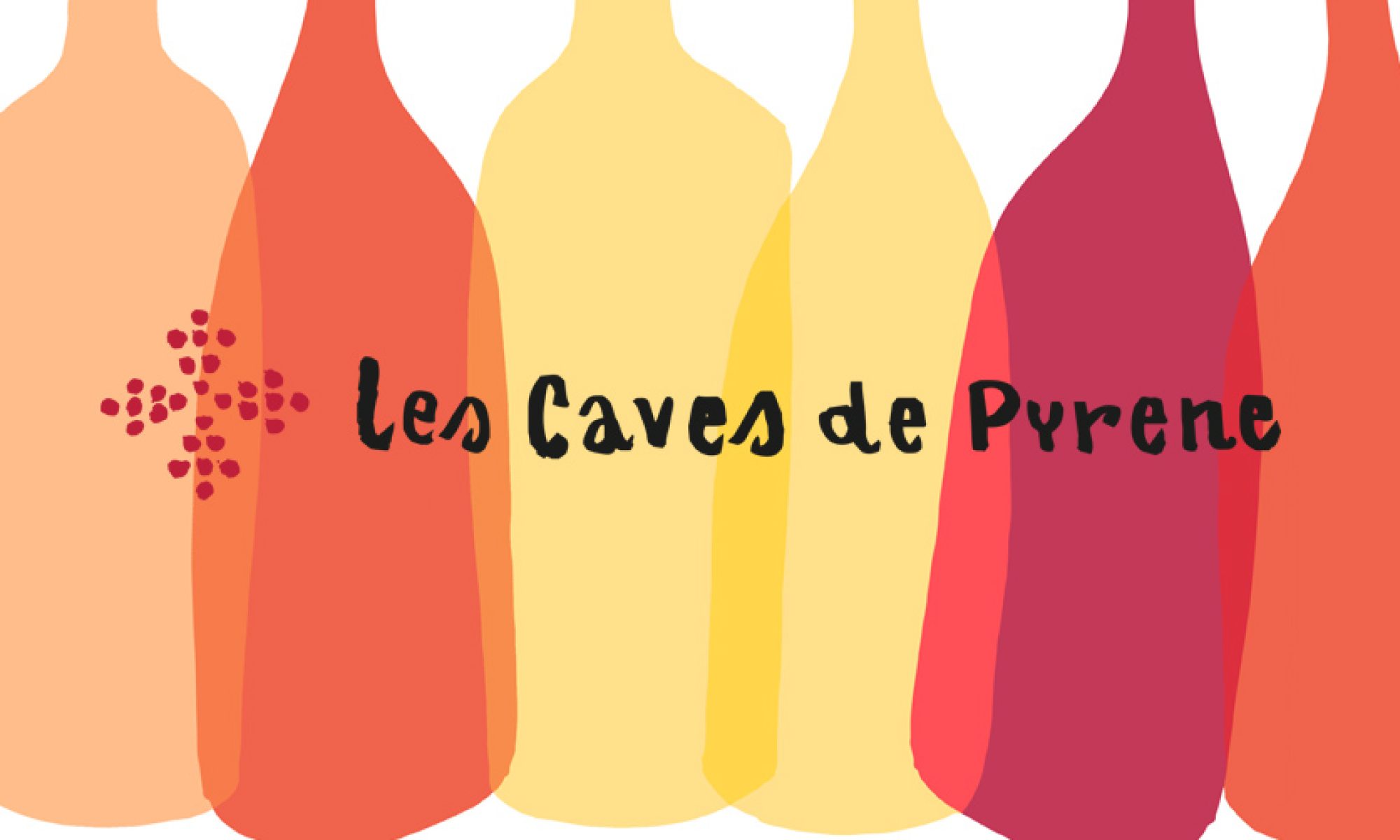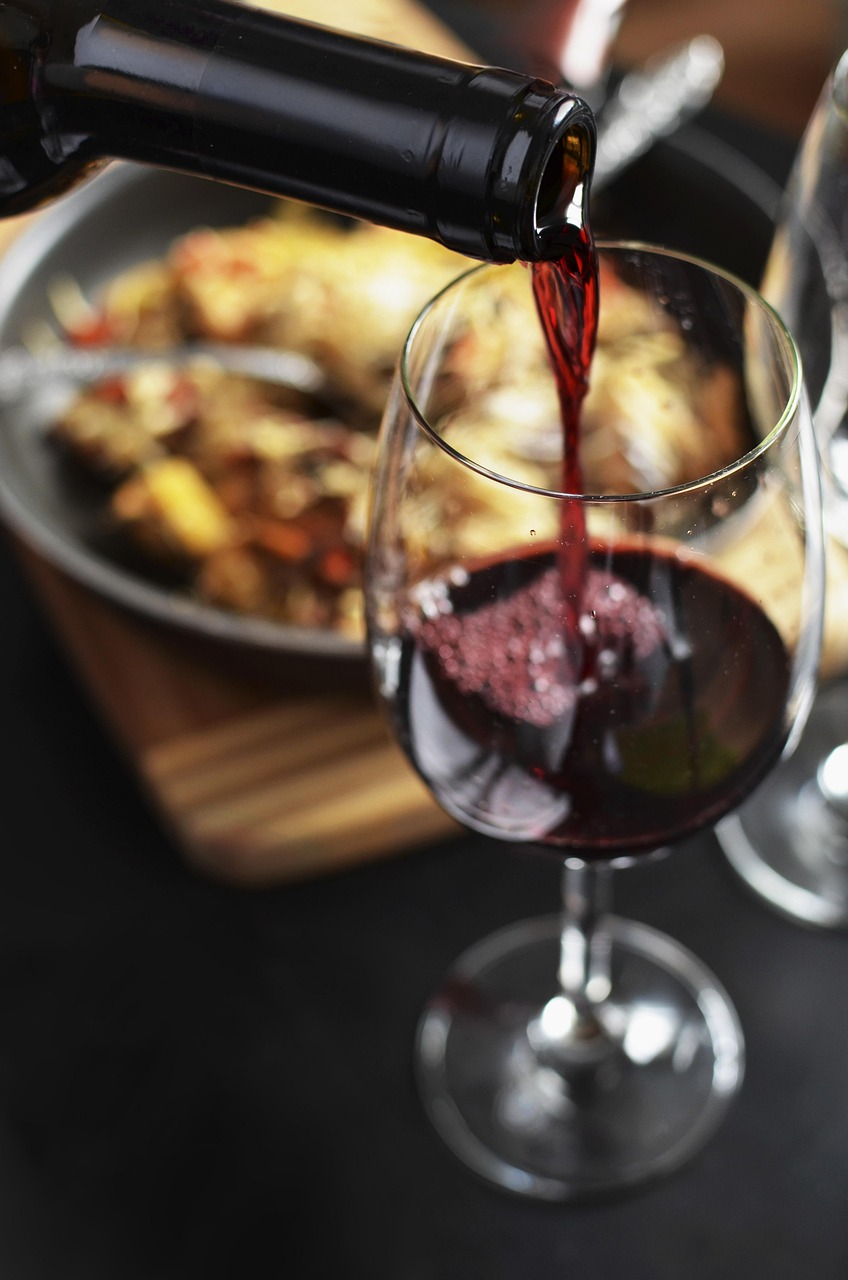In “From Russia with Love,” James Bond famously comments, “Red wine with fish? Well, that should have told me something”.
That should tell us something of the old-fashioned preconceptions regarding the so-called laws of wine and food matching. A modern, more sussed Bond would have applauded the imaginative pairing of red wine and salmon.
I would try a red wine and scrape the ruined remains of 007 off the floor
F.A.W.M., as I refer to it, is not a gastronomic art form that interests me greatly. I wouldn’t say that I was an iconoclast in these matters, but it does seem that many take matching seriously and view it as a form of wine expertise. It is true that we are often asked to create wine lists that are (notionally) ideally sympathetic to the cuisine in question, including some perfect matches. Of course, there is no manifesto or code of conduct for matching, more like broad guidelines, but the question “what would you recommend with the salmon”. I would try a red wine and scrape the ruined remains of 007 off the floor.
The concept (for it is a concept) of wine and food matching revolves around the process of pairing dishes with wine in a way designed to enhance (my italics) the dining experience (my italics). In some cases, this will be very carefully thought out by the matcher (a sommelier or wine writer, for example), and will amount to an aesthetic deliberation weighing up all the flavours, seasonings, and textures in play to ensure clashes do not take place and a form of harmonious liaison is arrived at, exalting the dance of dishes and drinks, the effortless gastronomic rhythm that emerges from echoes and contrasts, points and counterpoints. Flavour combination here is seen as an art, engaging both the intellect and the emotions.
How did we get here? In many cultures, wine has been (and is) a simple constant at the dining table and, as a result, the winemaking and culinary traditions of a particular region have evolved together over the years. Rather than following fixed rules, therefore, local cooking is often paired with the local wines. Which makes sense. On the one hand, availability dictates what is eaten and drunk, and the flavours of regional food and drink are shaped by the same climate and the environment. Seasonality plays a further part. Gastronomy is this fusion of tradition and place in the cooking and winemaking.
“I am not fond, for everyday at least, of racy, heady wines that diffuse a potent charm and have their own particular flavour. What I like best is a clean, light, modest country vintage of no special name. One can carry plenty of it and it has a good and homely flavour of the land, and of the earth and sky and woods”. –Steppenwolf
A pure table wine, such as it is, possibly served in a jug, has no label or provenance or expectations. It is what it is. It is usually in the background, as an accompaniment, occasionally it takes centre stage.
One can imagine that before appellation existed, or wines were judged worthy and accountable, wine was a rough and rustic drink.
Although over-earnest allegiance to local rules can be limiting!

My wife and I visited Eric Narioo while he was living in Tuscany. On the first night he drove us to a restaurant in the hills. The tiny road wound through the forest and eventually we parked near the top of the hill. There was no sign of any restaurant, giving rise to that faint sense of Blair Witch Project dread that transpires when you are wandering around lost in the dark woods. As if to add to the Grimm’s fairy tale scenario, the sound of furious barking commenced, presumably from the resident evil hounds of Baskerville straining at their leashes. At last the restaurant itself, a large cabin in a clearing perched on the edge of the mountain, hove into sight.
Eight wild boars roasted whole at breakfast, but twelve persons there. –Romeo & Juliet
We sat down, the only customers in the joint, and were presented with the menu. A large menu. A large menu of meat. A large menu of meat exclusively devoted to pork. So, we ordered some pork, followed by some pork. With an intermezzo of pappardelle. Which was coated in a nice ragu of pork. Our genial host came to proffer us the wine list, whilst bearing a large plate. An extra course, an amuse-bouche, if you like. It was thick-cut, fatty wild boar salami – to tantalise our palates and get the juices flowing.
As if to add to the Grimm’s fairy tale scenario, the sound of furious barking commenced, presumably from the resident evil hounds of Baskerville straining at their leashes. At last the restaurant itself, a large cabin in a clearing perched on the edge of the mountain, hove into sight.
It was the end of May and very warm outside. We definitely needed something refreshing to drink. Eric looked at the list, eyes widening. He even looked at the back page, which was empty, to make certain.
- Where are the white wines?
- We don’t have any white wines until summer, sir.
- But it is 25 degrees!
- Summer doesn’t officially start until June.
I laughed to myself, fondly imagining that the food menu changed on June 1st from a winter pork selection to a summer pork one.
Eric grabbed the wine list again. He ordered a bottle of Barbera and then shrugged. Shall we go for it?
I shrugged too. Why not?
Bottle of Masseto 1997, please.
Jack: If they want to drink Merlot, we’re drinking Merlot.
Miles Raymond: No, if anyone orders Merlot, I’m leaving. I am NOT drinking any fucking Merlot!
–Sideways
We were drinking a fucking 200% Merlot, and we didn’t care, because we were marooned in the restaurant equivalent of The Overlook Hotel, trying to cure our pork-eater’s block. This was also the time of one’s life that research meant drinking the finest wines available to humanity. And when in Tuscany-shire, don’t drink what you would normally drink, nor even what the locals would drink, but strap in and drink bombastic Super-Tuscans whilst laughing at the absurdity of the world.
We eventually staggered out of the restaurant, pork-witted bumblers, Falstaffian to a degree. I was that “stuffed cloak-bag of guts, that roasted Manningtree ox with the pudding in his belly,” craving a plate of shrimp and a big slug of heavily-chilled tangy Vermentino. Which I would also more than gladly have gulped with the above-mentioned porkathon.
When in Tuscany-shire, don’t drink what you would normally drink, nor even what the locals would drink, but strap in and drink bombastic Super-Tuscans whilst laughing at the absurdity of the world.
This may be taking regionality and blind seasonality to an extreme, but if you go to a lot of restaurants in France, Italy and Spain (for example) you will probably experience a similar adherence to the idea that local wines should be served with local food, whatever the weather. One of the unwritten rules that I learned from the above experience is that wines with less obvious intensity are more malleable and offer the kind of digestibility that best accompanies heavy meals and showpiece wines dance solo (and not very well).
The art of matching
An example of early food and wine matching advice from a wine merchant in (the caves of) Lascaux:
Bison with white wine, Mastodon with red wine.
—Oberon Kant’s Big Book of Wine
So, let’s pretend to play the game.
As soon as there is choice, food and wine matching becomes a more complex exercise. The variables are limitless. Different elements need to be considered in each dish. Many dishes attempt to find a balance between salty, sweet, sour and umami. Food and wine experts believe that the most basic element of food and wine pairing is understanding how the “weight” of the food and the body of the wine might go together. On top of this, the very approach to cooking – from roasting, grilling, steaming and poaching, to seasoning and spicing, transform the flavour and texture of the original ingredients. Wines are not a single note either. Some have basic and obvious fruit flavours, others will have a spicy quality. Lees ageing, oak maturation, ph/acidity and mineral saltiness and, of course, tannin, will impact the flavour matching. It is not sufficient to assert that Sangiovese will work well with a specific dish, when a vast range of styles of wines are made from this single variety. The wine itself may not even be a constant variable in the matching equation. After all, the temperature, the type of glass, even the weather may serve to enhance or diminish its aromas. Finally, there is the human element. As we know, different individuals have different levels of sensitivity to acidity, tannin, sweetness and so forth.
A banquet, wherein multiple dishes are served at the same time, presents a still further challenge. If you are served the one wine, you will drink the one wine. Many wine drinkers will also choose on instinct, the mood of the meal, or simply want to drink a particular wine at a particular moment. The subjective nature of taste makes it possible to drink any kind of wine with any kind of food and have an enjoyable experience.
Eating and drinking is sequential. In other words, when I put a forkful of food in my mouth, I don’t drink wine at the same time. Drinking is more of a sluicing procedure. Wine obsessives might, of course, taste the wine prior to eating. The flavours of food should be contemplated separately to the flavours of wine. If the food is good and the wine is good, that is all that matters.
Wine experts and advocates in the realm of food and wine pairing prefer to focus on the more objective physical aspects of food that have an effect on the palate, altering (or enhancing) the perception of various aspects of the wine. Matches are the holy grail in that they are not so elusive, they require that one is fully tuned into both food and wine. The magic happens when everything seems perfect. The best wines will dance with the food without treading upon the flavours – or being trodden on.
Let’s leave this subject with the aphorism: “If the wine is good, however, a bad match will not destroy dinner.”
“Perfection”
We’ve all done it – bought way too much Comte cheese on a whim and a prayer knowing that back at the ranch a cheeky clavelin bottle of Vin Jaune, lurking dustily on the bottom row of the wine rack, has been beckoning you to match its sotolony pleasures with a well-matured cheese from the homeland.
It is more than a match, for goodness sake; it is the bloody sacrament! You feel immediately impelled to post this righteous gastronomic combination on all social media channels before you have even pulled the cork. You’ve been “jaunesing” for this, the patience (yours) with the patient ageing of the cheese in its cellar and the equally slow gently oxidative maturation wine under flor, that 0h-so-precious thick yeasty veil. The alpha wine poseur meets alpha-ketobutyric acid. Those who see your excited post will nod sagely. You are worthy. You have taken the veil seriously. Thus, the union of cheese and wine is written into matching lore after all. Who would deny it?
It is more than a match, for goodness sake; it is the bloody sacrament!
The wedding bells chime, but is this truly a match made in heaven? The Comté cheese is known for its complex, rich, and nutty flavour profile. It can be described as exhibiting notes of brown butter, roasted nuts, and a sweet finish. The flavour also evolves with aging, becoming more intense and complex with longer maturation. There are certain flavours that go well with the wine (Comté often is served with walnuts) and Vin Jaune is certainly liquid nuts.
Maybe it is meant to work, so it does. If you use your imagination anything is possible. Feeling that something should be is as more important than it working on a molecular level.
“How do you find the bread?”
“A little dry, but I have my old sauce here,” returned John Baptist, holding up his knife.
“How sauce?”
“I can cut my bread so—like a melon. Or so—like an omelette. Or so—like a fried fish. Or so—like Lyons sausage,” said John Baptist, demonstrating the various cuts on the bread he held, and soberly chewing what he had in his mouth.
–Little Dorrit, Charles Dickens
It works both in the imagination and reality.
And finally…
The most delightful meals are balanced in every respect and also match the need and the particular mood of the one who is eating and drinking. A one-disher (a stew, for example) is probably best enjoyed with a single wine. A more complex affair, with a succession of different dishes with different textures and flavours, is better matched to different wines that are broadly complementary. It helps to avoid sensory overload whilst dining; one can then appreciate both the food and the wine.



